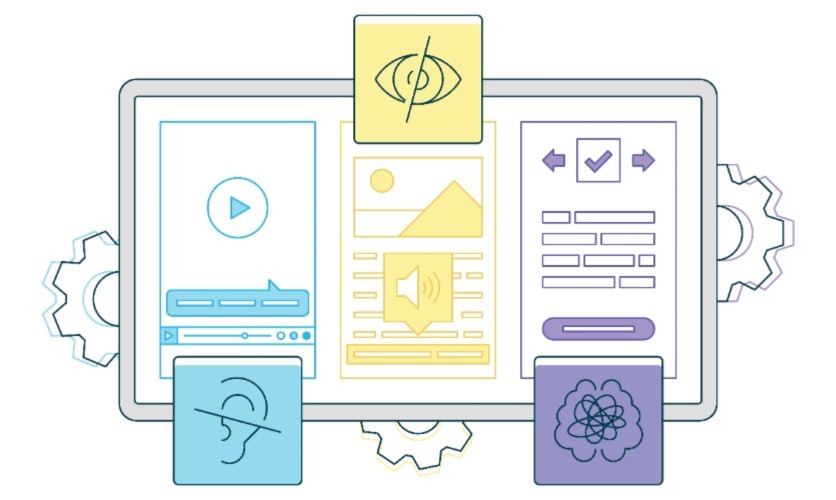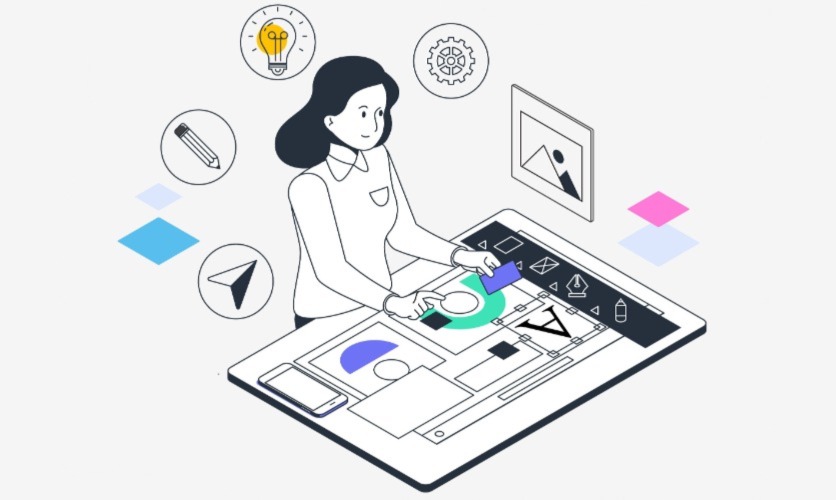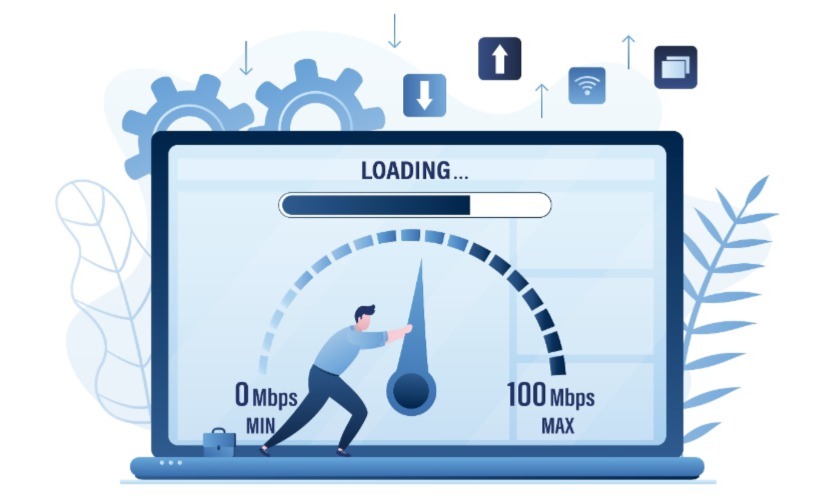May 17, 2023
When it comes to designing a website, it's important to consider not only its aesthetic appeal but also its functionality and optimization for search engines. SEO isn’t just about keyword density– in fact, SEO and web design might be more connected than you think! Smart web design practices can enhance SEO efforts and ultimately drive more traffic to a site.
Think of your website as a puzzle, with SEO and web design as the two main pieces that fit together perfectly to create the online presence of your brand’s site. By optimizing your website design with SEO in mind, you’ll create a visually appealing site while driving more traffic to it and improving your rankings on search engines like Google.
In this post, we’ll explore the connection between SEO and web design, and explore five ways that you can optimize your website design to improve your online success. From making your site more accessible to improving page speed and mobile friendliness, we’ve got you covered. So, let's dive in!
1. Accessibility

Having an accessible website is important for inclusivity. Everyone should be able to use and access your site, including those with disabilities. Designing your site in an accessible way can improve its overall usability, while also improving your SEO ranking. Here are some key strategies for improving accessibility on your website:
- Use clear headings: Clear and concise headings help users quickly find information and increase comprehension. They are easy to read and understand, and can also improve the SEO of a particular page.
- Use alternative text for images: Providing alternative text for images on your website is essential for visually impaired users who use screen readers to access information on the web. It also provides an opportunity to add more relevant keywords to your site.
- Use an accessibility checker tool: There are many online tools available, such as Wave or AChecker, that can help you evaluate your site for accessibility issues and provide suggestions for improvement.
- Ensure your website design is responsive: A responsive website design ensures that your site can adjust to different screen sizes and devices, making it easier for users to access your content on any device. This is particularly important for users who rely on assistive technology to navigate the web.
2. Mobile Friendliness
Most users access websites on their mobile devices. Having a mobile-friendly website is, once again, important for both user experience and SEO! Potential customers using their smartphones, tablets, or computers should all be able to view and utilize your website’s interface.
Google, for example, now uses mobile-first indexing, which means that the mobile version of your site is what the search engine uses to determine your ranking. This makes it more important than ever to have a responsive design that adjusts to different screen sizes and resolutions.
3. Calls-to-Action (CTA) and Conversions
Designing a website with clear and compelling calls-to-action (CTAs) is essential for driving conversions and improving SEO. CTAs prompt visitors to take specific actions that align with your business goals, such as making a purchase, filling out a form, or signing up for a newsletter.
By strategically placing CTAs throughout your website, you can guide visitors toward the actions you want them to take, and create a seamless user experience. Effective CTAs often use actionable language, stand out visually, and are placed in prominent positions on the page.
Calls-to-action are the driving force behind website conversions, and strategically placing them throughout a website can lead to increased engagement and ultimately, more sales.
4. Usability

Usability refers to the ease with which users can navigate and use a website. A website that is easy to use and navigate will keep users engaged for longer periods of time, which in turn can improve your SEO ranking.
To actually achieve this, it's good practice to use clear and concise navigation menus that make it easy for visitors to find what they're looking for. Organizing content into logical categories and using a consistent design throughout your site also helps to enhance usability. By doing so, you create a seamless and intuitive browsing experience for your users, which can lead to longer visit durations and lower bounce rates. This, in turn, can improve your site's engagement metrics, which are important ranking factors for search engines.
5. Page Speed

Users expect a website to load quickly, and Google has indicated that page speed is a ranking factor. While there are many different ways to increase the loading speed of your website’s pages, a good place to start is by optimizing images and videos. These tend to be resource-heavy and can slow down load times.
Employing caching is another useful technique for speeding up your site. Caching enables your website to save frequently accessed data in the user's browser. Moreover, reducing the size of CSS and JavaScript files through minification can quicken loading time.
By utilizing these design tactics, you improve your site's page speed while also lowering bounce rates and enhancing user engagement. Visitors are more likely to spend time on your site and engage with your content when they experience a smooth and swift browsing encounter, which ultimately can lead to improved search engine rankings.
Are you starting to see the undeniable connections between SEO and website design? You truly can’t succeed in one without the other! The vast majority of commerce today takes place online, so it’s important to learn about these topics, their relationships, and how they can help your company grow.
If you're interested in learning more about how our digital marketing services can help your business achieve success, don't hesitate to reach out to us. Our team of experts is here to help you navigate the complex world of SEO and web design, and we look forward to partnering with you to help your business grow.